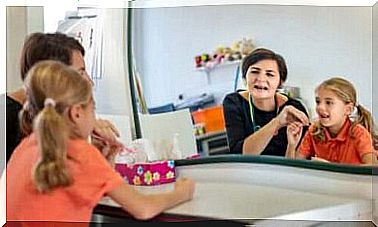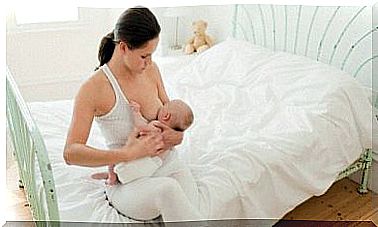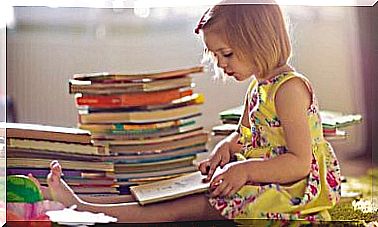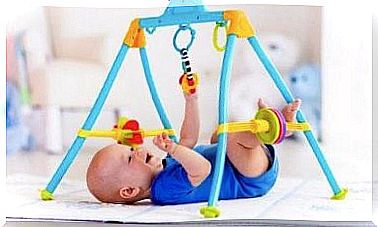The Best Methods For Teaching Children To Read
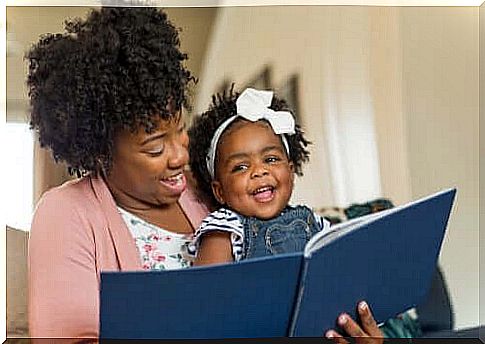
Learning to read is one of the most important things children will do before they turn 10 years old. Everything in their educational development, from the expansion of their vocabulary to their achievement in all majors, is related to their ability to read. It is therefore very important to get to know the different ways of teaching children to read.
No two children learn to read in the same way. There are therefore different methods. The key when looking for methods of teaching children to read is usually to choose one approach and stick to it.
However, it is a good idea for teachers to combine different methods and strategies. In this way they can adapt them to the needs of the children in the class. This is especially important for students with specific learning needs.
It is also important to remember that motivation is key. We must have patience to avoid negative associations with school and learning in general.
Skills for Beginning Reading
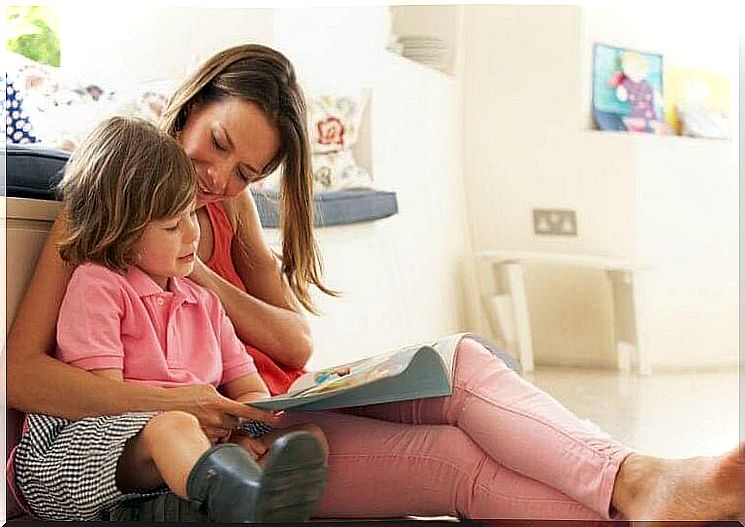
Children begin to acquire the skills they need to master reading from the moment they are born. In fact, a child as young as six months old can already distinguish between the sounds of his mother tongue and those of a foreign language.
By the age of 2 , he already knows enough native phonemes to regularly produce more than 50 words. Between 2-3 years, many children learn to recognize different letters.
As fine motor skills progress, so does the ability to write, draw shapes, and copy. We can combine this to help them write letters.
There are many ways parents can develop their children’s reading skills. Referring to letters when reading a story is one of them. It can also be helpful to ask their children about their day and talk to them every day to improve the development of their storytelling skills.
It is important to go to bookstores and libraries with your children and also to read with them. The more often children read with their parents, teachers and caregivers, the more we will ensure that reading becomes a natural pastime for the family.
Teaching children to read with the phonetic method
A phoneme is the smallest phonological unit, the shortest articulation of a vowel and consonant sound. Phonemes are the basic units of spoken language.
In an alphabetic language, sounds into letters and combinations of letters are translated to represent words. Reading, therefore, relies on a person’s ability to decode words into a series of sounds. Coding is the opposite process of reading and it is how we learn to spell.
The phonetic method (also called phonetics) aids teaching by reading some letters and sounds that make up syllables, words, and phrases.
It is a method that takes us from the simplest to the more complex. The easiest is to go from recognizing the first letter to reading the syllable. The hardest part is to read the words first and then move little by little towards the goal to read the entire sentence.
This is one of the most popular methods of teaching children to read. At the same time, it is also one of the most widely used. In the beginning, progress can be slow and there are many pauses while reading. Little by little, the cognitive processes involved in the ‘translation’ between letters and sounds become automatic and smoother.
Reading with the naked eye
This method teaches reading at the word level. Children skip the decoding process and do not pronounce the words with their letters and syllables. Instead, they learn to read by recognizing the written form of the words.
Context is important and providing images can help. More familiar words may initially be presented on their own, then in short sentences, and finally in longer sentences.
As their vocabulary grows, children begin to discover rules and patterns for themselves and these will then help them to read new words.
Reading through this method is an automatic process and is sometimes referred to as reading at a glance. After being exposed to different words several times, children will begin to read most of the vocabulary they find at first glance.
The linguistic experience method to teach children to read
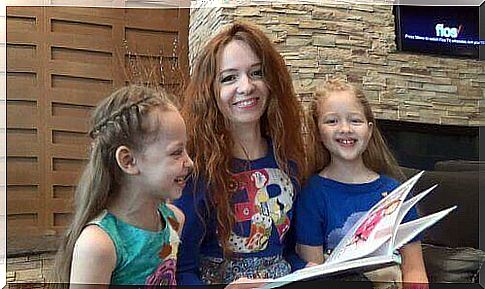
The linguistic experience method for learning to read is based on personal learning. In it, the words taught are different for each child. The idea then is that it is much easier to learn words that a child knows.
Teachers and parents using this method can create stories that use a child’s favorite words in different contexts. For example, children can make drawings of those words and put them together in a folder to make a special reading book.
We can look up these words in children’s literature and use them to help children guess the meaning of words they don’t know, as and when they appear in each context. This is a great strategy to improve understanding.
In short, when teaching children to read, it is essential to consider each child’s needs and interests. We must pay close attention to how they develop and always be attentive to their specific needs.

